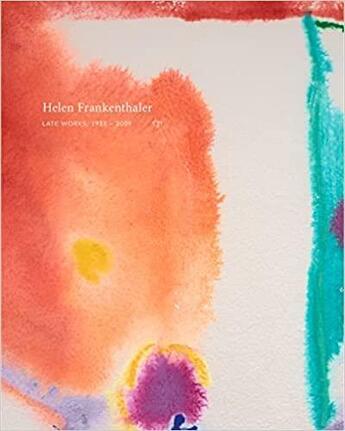-
Date de parution : 06/09/2022
-
Editeur :
Radius Books
-
EAN : 9781942185888
-
Série :
(-)
-
Support :
Papier
Résumé:
Luminous late works on paper from the great Color Field pioneer.
Exploring works from the later period of Helen Frankenthaler's life, Late Works, 1988-2009 features approximately 50 plates and archival images dating from 1988 to 2009. Originally inspired by the exhibition curated by Douglas... Voir plus
Luminous late works on paper from the great Color Field pioneer.
Exploring works from the later period of Helen Frankenthaler's life, Late Works, 1988-2009 features approximately 50 plates and archival images dating from 1988 to 2009. Originally inspired by the exhibition curated by Douglas Dreishpoon (Director of the Helen Frankenthaler Catalogue Raisonné and Chief Curator Emeritus of the Albright-Knox Art Gallery), the book expands upon the original exhibition to include a wide range of important pieces from this prolific period in the artist's career.
Through her invention of the soak-stain technique, Frankenthaler expanded the possibilities of abstract painting while referencing figuration and landscape in unique ways. In her later years, her practice continued to evolve through her use of diverse mediums and processes, as she shifted from painting canvas on the floor to using larger sheets of paper that were laid out on the floor or on tabletops for easier accessibility. The continuity between the late work and what came before is striking.
Helen Frankenthaler (1928-2011) has long been recognized as one of the great American artists of the 20th century. She was eminent among the second generation of postwar American abstract painters and is widely credited for playing a pivotal role in the transition from Abstract Expressionism to Color Field painting with her invention of the soak-stain technique, which involved pouring thinned paint directly onto unprimed canvas. The juxtaposition of amorphous fields of color and gestural brushstrokes produces a vigorous rhythm of activity that seems to convey both the expanse of landscape and the surface texture of mark-making.
Donner votre avis








